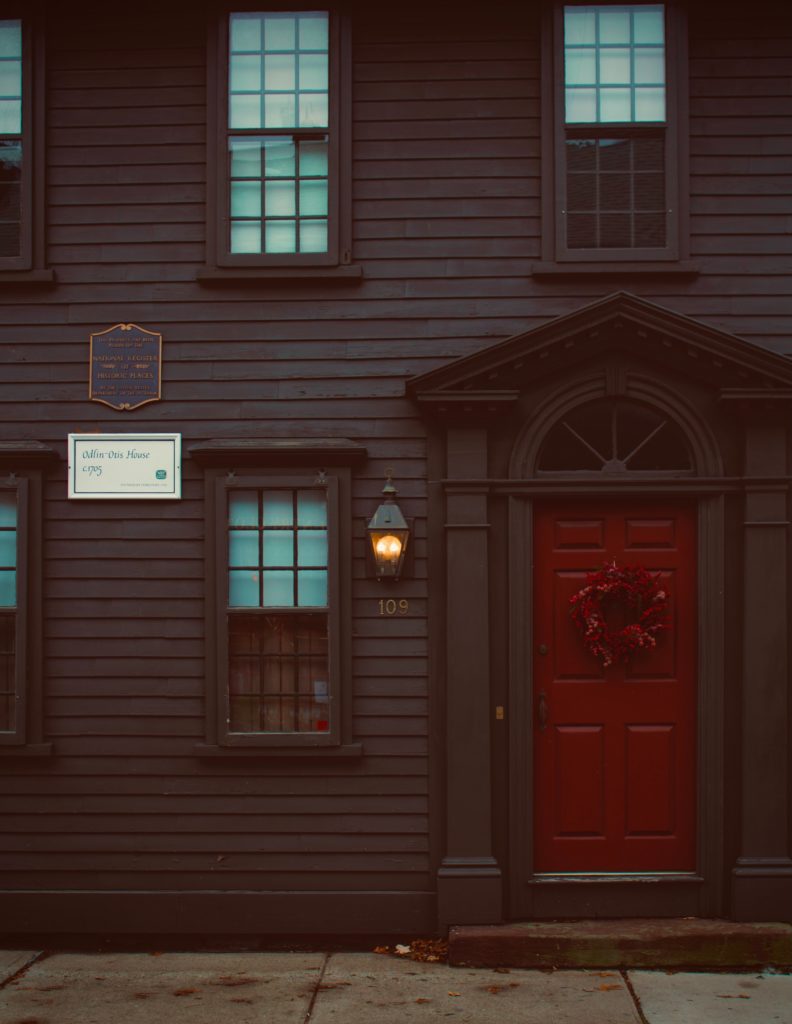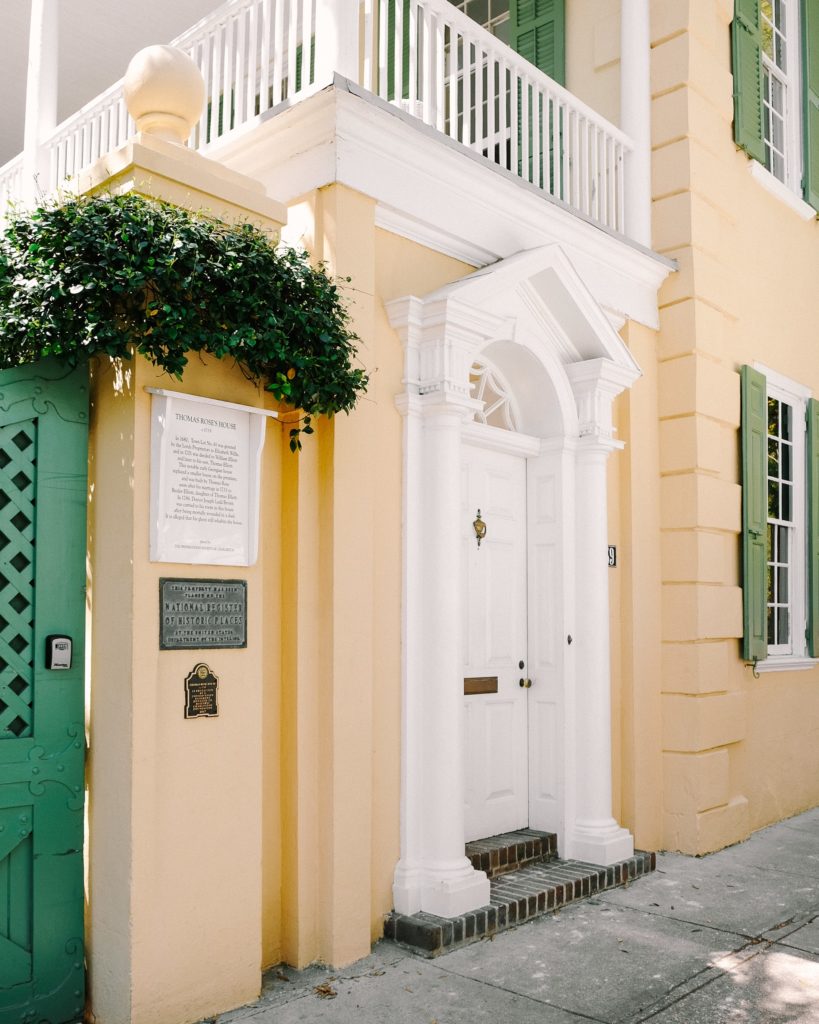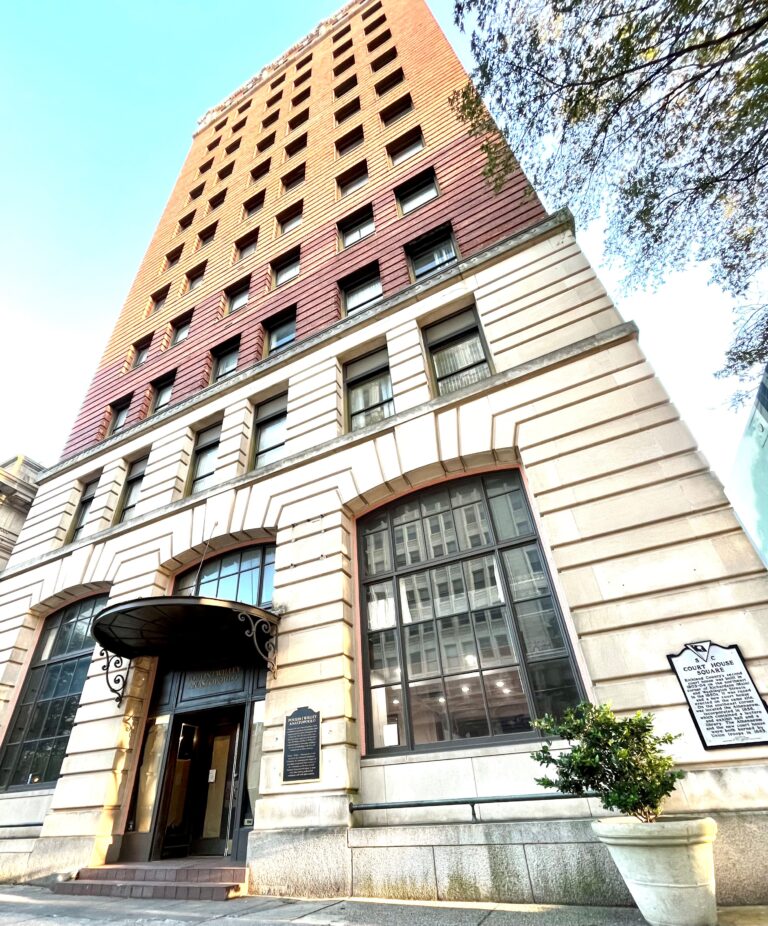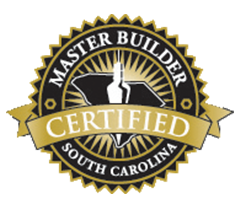Any large-scale renovation project is a big deal. It’s a huge investment of time and money. But if you are thinking of buying a historic home and doing a historic home renovation— things get a bit more complicated.
Let’s walk through 3 critical questions you need to answer before you make any plans or spend one dime.
1. What homes qualify as historic homes through the National Register of Historic Places?
The National Register of Historic Places lists all of the historic homes and properties across the United States. The National Park Service maintains and administers this official list of “districts, sites, buildings, structures, and objects significant in American history, architecture, archeology, engineering, and culture.”
It preserves places with historical significance for the community, state, or country for future generations to enjoy.
This register came into existence through the National Historic Preservation Act of 1966 which governs what may and may not be done with historic buildings and properties.
National Register of Historic Places criteria
- The property must generally be at least 50 years old or an extremely important place if it is less than that age.
- It has a certain architectural style from a specific time period.
- Someone famous in history owned it or was associated with it.
- The site has importance historically or may have archeological significance from prehistory.
What benefits do historic properties have?
A listing on the National Register provides several advantages to the property relating to Federal funding, Federal grants, tax credits, and protection from surface mining.
Historic properties qualify for advantages:
The National Historic Preservation Act of 1966 provided an Advisory Council on Historic Preservation to oversee historic properties. The council makes sure that these properties receive consideration in the Federal Planning process.
The properties may qualify for a 20% investment tax credit if the historic structure produces income and has certified rehabilitation and related charitable contributions for historical preservation.
The properties are protected from surface coal mining in the Surface Mining Control Act of 1977.
When funding is available, properties may qualify for Federal historic preservation grants (historic home restoration grants).
An intangible benefit comes along with being registered: prestige. Your site may even qualify for a historic plaque/historic marker. Once a home has historic recognition, it is more likely to be preserved from other potential dangers in the future, as well.

2. What restrictions do historic sites have on home remodeling projects?
The goal of designating national historical places is to protect and preserve older buildings for the long term. This means that there are numerous things you can’t do in a historic home renovation, even if you are the owner.
- You likely won’t be able to add additional square footage to change the original footprint of the home.
- The exterior of the home needs to look like it is from a particular time in history. Any replacements for windows and shutters must match the unique original architectural style. Finding appropriate replacements may be expensive and difficult
- You may have to replace the roof with the same materials as the original roof, which can be expensive and difficult to find.
- You may only be able to paint your home with certain colors that fit with the historical time period of the home.
- You may need to try to maintain the original layout of the kitchen and bathrooms.
- You may be able to update some things, like appliances, to modern conveniences. But if possible, keep as much of the history as you can like antique tubs and old hardwood floors. The goal is preservation.
It’s important to know that you may not be able to incorporate absolutely every modern convenience into your home. It takes a special kind of commitment to live in a historic house.
3. How to make a historic home more energy efficient.
Energy efficiency wasn’t a priority in “the good old days” of history. This means your electric bills may be a lot higher than they would for a modern home.
While you may not be able to change absolutely everything you may want to. There are things you can do to dramatically improve your energy bill during a historic home renovation.
- Switch to LED bulbs if you can find ones that fit your fixtures.
- Change out old toilets for water-saving models.
- Replace showerheads to conserve water.
- Replace old windows with custom windows that fit the window casings.
- Caulk and weatherstrip the doors and windows.
- Consider replacing exterior doors if it won’t affect the character of the home too much.
- Add insulation wherever you can in the attic, crawl space, and even in the walls, if you are doing a big remodel.

Are you ready to remodel or restore a historic home?
Your state’s historic preservation office can give you all the information and restrictions applicable to a particular home. It’s a fantastic idea to check with them before buying the home you have your heart set on. Or to check with them before attempting to make any home improvements on your historic home.
Work with inspectors, architects, home designers, local historians, and contractors who have experience with restoring and remodeling historic homes in your area. There are specific federal, state, and local regulations you will need to follow. It helps to have professionals who are very familiar with the challenges and restrictions you will face.
Phase One can help you tackle your historic home renovation in the Columbia, SC area.
If you’d like help with preserving and remodeling your home, we’ve got you covered. We have experience with historic home renovations and would love to walk you through the design process. We want you to enjoy your home to the fullest for many years to come.
Please contact us today!
Related
How to Plan Your Home Renovation
Designing Your Forever Home? How to Plan for Now and Then
Designing a Dream Home: It Takes a Village
Craftsman Home Remodeling: Timeless Character & Modern Features

















